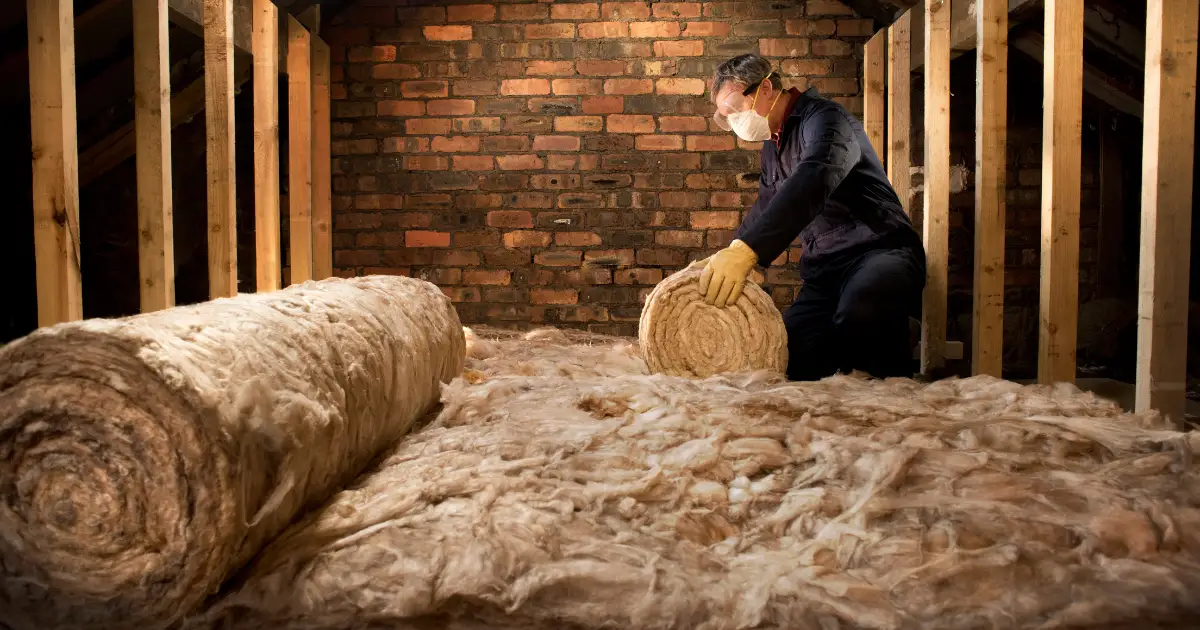Loft Insulation Grants: How to Get Funding in 2025
A loft insulation grant is government funding that pays for all or part of the cost of insulating your loft. In the UK, schemes such as GBIS and ECO4 help households cut heat loss by up to 25% and save around £620 a year on energy bills.


.png)
